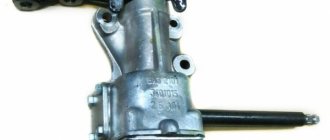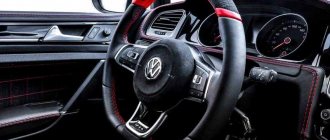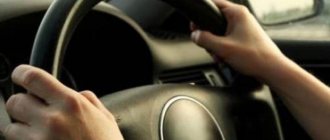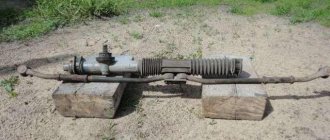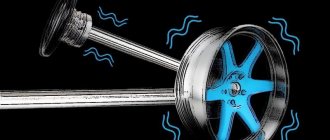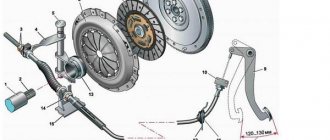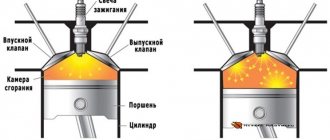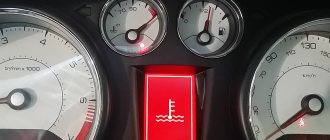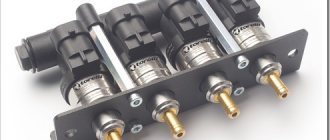A modern car is a complex set of components and mechanisms that, unfortunately, are subject to wear and tear. The steering wheel control system wears out especially quickly due to the fact that most of its components operate under extreme conditions; a malfunction occurs, such as play in the steering. First of all, you need to keep in mind that its elimination should not be shelved, since we are talking about damage associated with a danger to the lives of not only the driver and passengers, but also other road users. And so, let’s look at the reasons why this malfunction occurs, and also find out how to remove the total play in the steering column.
What is steering play
The steering column is the first unit in which increased free play may appear. Its main part is a rod, fixed on a shaft with hinges.
The connection of these elements is ensured by a gear transmission. Even from the factory there is a slight gap in it. It is necessary to ensure that the edges of the teeth do not wear out prematurely due to friction.
The driver can notice this phenomenon by turning the steering wheel left and right, so that the direction of the wheels does not change. During operation of the machine, the free play on the connections increases. Most often this occurs due to natural wear and tear of parts.
How the steering of a car works - watch the video review:
Lesson 37 General structure and principle of operation of the steering system
Causes of backlash
Play in the steering appears due to wear of the working surfaces in the bearing, in the bushing, on the bipod shaft, in the T-shaped groove, in the head of the adjustment screw. In addition to increased free play of the steering wheel, wear of such parts leads to knocks and vibrations, which affects comfort and safety while driving.
Most often, the first unit where wear appears is the connection between the roller and the worm. Due to the axial displacement of the worm when turning the steering wheel at high speed, the car may lose control and get into an accident.
Basically, wear in the steering, in addition to the natural wear and tear of the contact parts, is caused by the poor condition of the roads. Although the main load when driving on such roads falls on the car’s suspension, the steering mechanism also partially suffers. Poor quality tires are also associated with such faults.
Loosening the nut
Although most of the reasons for the appearance of backlash are associated with the breakdown or wear of some component, sometimes this effect appears for rather trivial reasons. An example of this is the loosening of the nut that secures the steering wheel.
In older cars, to eliminate this effect, simply remove the decorative part of the steering wheel and tighten the nut. If the car uses an airbag installed in the steering wheel, then it must be turned off correctly so that it does not slam (for this you need to disconnect the battery).
Wear of rod ends
One of the most dangerous wear problems in the steering system is wear on the tie rod ends. These parts are constantly subject to serious stress, and they are operated in aggressive environmental conditions (constant water and dirt, and in winter also road reagents).
Due to constant loads and aggressive impact, the ball joints liners, which over time will make the car uncontrollable (the tip falls apart and the wheels turn sharply in different directions, most often this happens when turning).
In addition to the reasons listed, play in the steering may be due to:
- Collapsed wheel bearing;
- Incorrect tightening of the steering wheel nut or adjusting rods;
- Wear of ball joints;
- Wear of the joints of the cardan drive (it is used not only in car transmissions);
- Increased clearance of the bar and gear or their wear;
- Incorrectly selected hydraulic oil.

